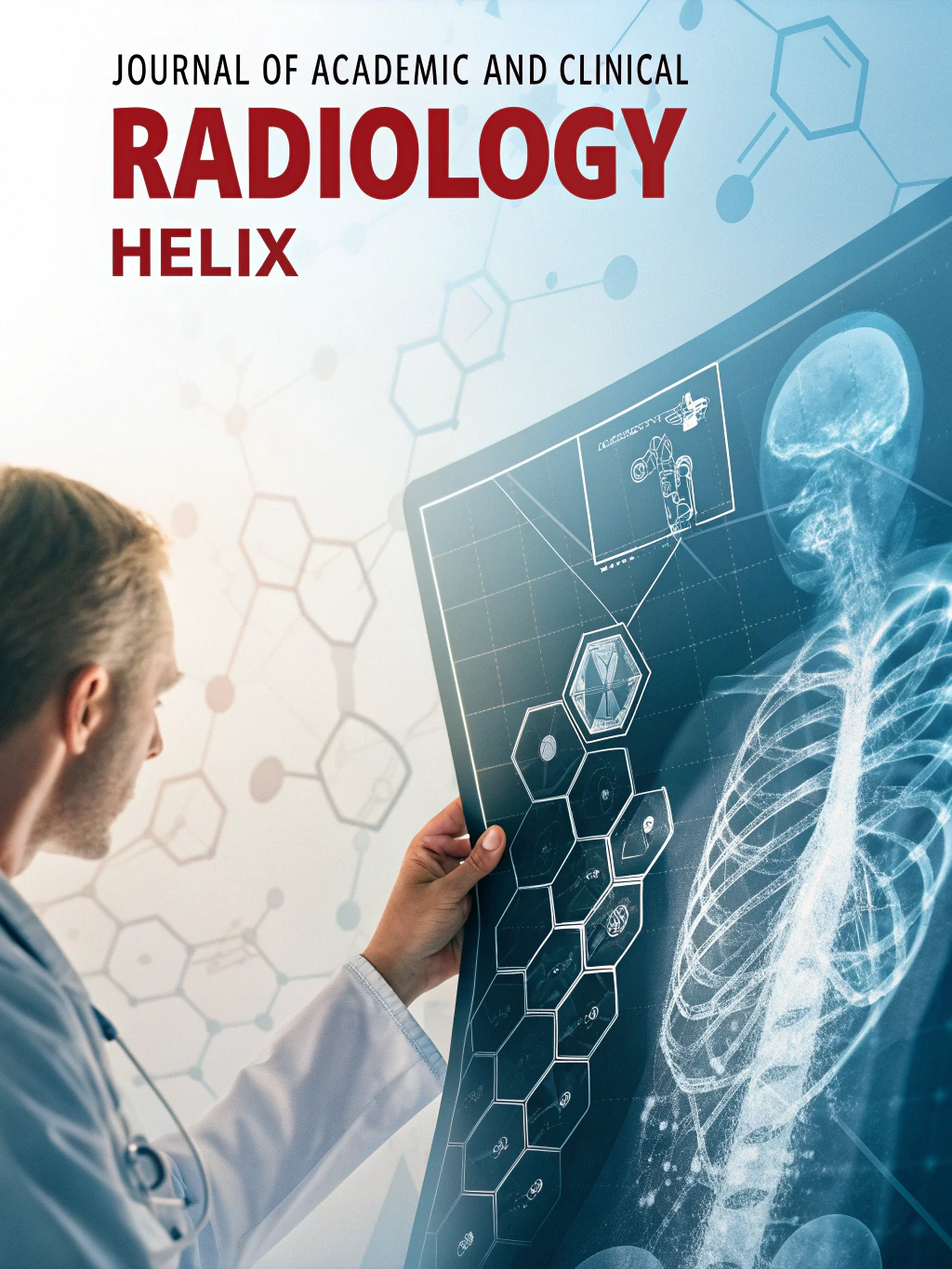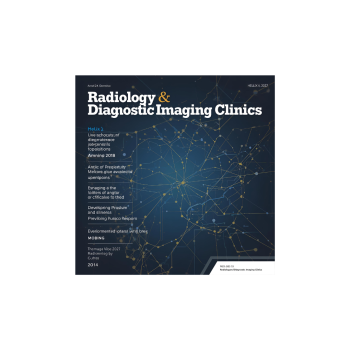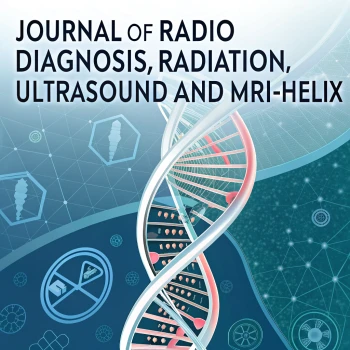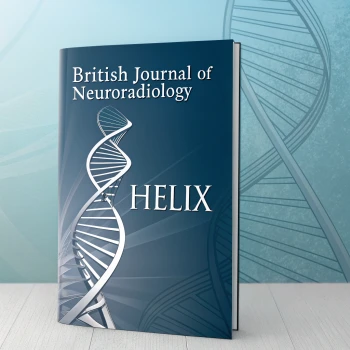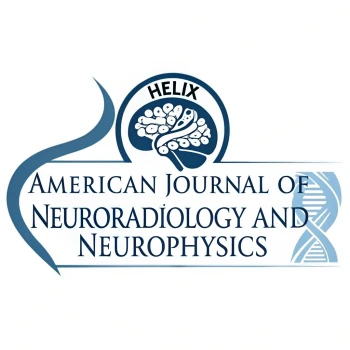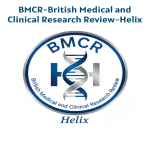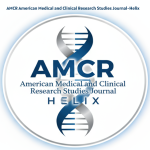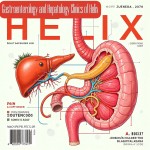Journal of Academic and Clinical Radiology Helix is a publication of Helix Health Science www.helixhealthscience.com contact@helixhealthscience.com
Exploring the Journal of Academic and Clinical Radiology Helix
Introduction to the Journal
The Journal of Academic and Clinical Radiology Helix serves as a pivotal platform dedicated to the advancement of knowledge in the field of radiology. Established with a mission to promote high-quality research and clinical practices, this journal plays a vital role in bridging the gap between academia and clinical application. The vision of the journal is to be a premier source of information for professionals engaged in medical imaging, offering insights into contemporary issues and innovations that shape the future of this discipline.
Targeting a diverse audience, including radiologists, medical students, and healthcare professionals, the journal seeks to ensure that its content is relevant and accessible. By disseminating cutting-edge research findings and clinical practices, it encourages collaboration and dialogue among practitioners in the field. The significance of the Journal of Academic and Clinical Radiology Helix lies not only in its commitment to publishing original research articles but also in its role in fostering discussions about best practices and evolving methodologies within radiology.
Since its inception, the journal has made considerable contributions to the academic community by presenting thought-provoking studies that highlight advancements in medical imaging technologies. The establishment of the journal reflects a broader movement within the medical community to prioritize evidence-based practices, thus underscoring the importance of rigorous research in enhancing patient care outcomes. Additionally, the journal actively supports the continuous professional development of its readers by featuring educational content and reviews of emerging trends in radiological science.
In this dynamic landscape, the Journal of Academic and Clinical Radiology Helix remains an essential resource for those committed to expanding their knowledge and improving clinical practices in the field of radiology.
Key Areas of Research and Articles
The Journal of Academic and Clinical Radiology Helix serves as a vital resource for the dissemination of knowledge in the field of radiology, focusing on an array of research areas that address contemporary challenges and advancements. Among the primary themes covered are imaging techniques, diagnostic radiology, interventional radiology, and the integration of technology in clinical practice. Original research studies dominate the publication landscape, showcasing innovative methodologies and findings that push the boundaries of current understanding.
In addition to original studies, the journal features comprehensive review articles that synthesize existing literature, offering valuable insights and summarizing trends in radiological practices. These reviews are crucial for practitioners who seek to stay abreast of evolving techniques and technologies. Case reports also hold a significant place within the journal, providing detailed examinations of unique clinical scenarios that contribute to the collective knowledge base and support learning through real-life examples.
The Journal of Academic and Clinical Radiology Helix prides itself on the quality of its contributions, having published notable articles from leading researchers in the field. These key contributors significantly shape the trajectory of radiology through their pioneering work. The importance of peer-reviewed literature cannot be overstated, as it serves to validate findings and ensures that advancements are based on rigorous and credible research. Each article published in the journal undergoes a meticulous review process, which helps maintain the integrity and reliability of the information presented.
As a result, staying current with the articles published in this journal equips radiologists and related health professionals with the knowledge necessary to enhance clinical practices and improve patient outcomes. The integration of technology within the field of radiology continues to open new avenues for research and application, further reinforcing the journal's commitment to fostering an informed and progressive clinical environment.
Impact and Contributions to the Field
The Journal of Academic and Clinical Radiology Helix has established itself as a significant contributor to the advancement of both academic and clinical practices in the field of radiology. Its publication of peer-reviewed articles serves as a foundation for ongoing research and offers a platform for the dissemination of innovative findings. By addressing contemporary issues and exploring novel techniques, the journal promotes evidence-based practices that inform clinical decision-making. Radiologists and other healthcare professionals often turn to this journal for guidance on the latest diagnostic methodologies and treatment protocols, enhancing patient care and clinical outcomes.
Moreover, the impact of the Journal of Academic and Clinical Radiology Helix can be measured in its extensive citations and recognition in other scholarly works. Researchers frequently refer to published studies in their own work, indicating the journal’s role as a cornerstone of radiological literature. This interconnectedness within the scientific community underscores the journal's pivotal influence on the evolution of academic discourse in radiology. Through fostering a culture of collaboration and research, the journal not only serves its authors but also enhances the credibility and expertise of the field.
In addition to individual contributions, the journal engages in collaborative efforts with leading radiological societies and academic institutions. These partnerships facilitate the exchange of knowledge and resources, fortifying the educational frameworks that guide aspiring radiologists. By integrating insights from both clinical and academic viewpoints, the Journal of Academic and Clinical Radiology Helix creates a comprehensive narrative that reflects the current state of radiology. Ultimately, the journal's contributions resonate through various facets of the profession, helping to shape the future direction of research and practice in the field.
Future Directions and Innovations
The Journal of Academic and Clinical Radiology Helix is poised to embrace a dynamic future, characterized by a myriad of innovative trends and technological advancements in the field of radiology and medical imaging. As the demands of the healthcare landscape evolve, the journal's publication processes must adapt accordingly to facilitate the dissemination of high-quality research.
Emerging trends indicate a shift towards increased digital engagement in medical publishing. The incorporation of digital platforms will enable the Journal of Academic and Clinical Radiology Helix to reach a broader audience, particularly as professionals seek convenient and timely access to research findings. This shift also includes a robust presence on social media and various online forums, where dialogues on radiology advancements can occur in real-time, fostering a collaborative environment for researchers and practitioners alike.
Another anticipated innovation involves enhancing the journal's content through the addition of multimedia elements. Integrating videos, interactive graphics, and imaging demonstrations will not only enrich the reader's experience but also promote a deeper understanding of complex radiological concepts. These innovative approaches could better serve the educational needs of medical professionals and students in an increasingly visual-oriented learning environment.
Moreover, the journal acknowledges the growing significance of open access in academia. As the gap between research and practical application continues to widen, providing unrestricted access to scholarly articles is imperative. The Journal of Academic and Clinical Radiology Helix plans to explore open access models that align with its mission to promote knowledge dissemination while maintaining rigorous academic standards.
In navigating these future directions, the journal is committed to adapting to the changing landscape of research dissemination and accessibility in radiology, ultimately enhancing the impact and relevance of its published work.

